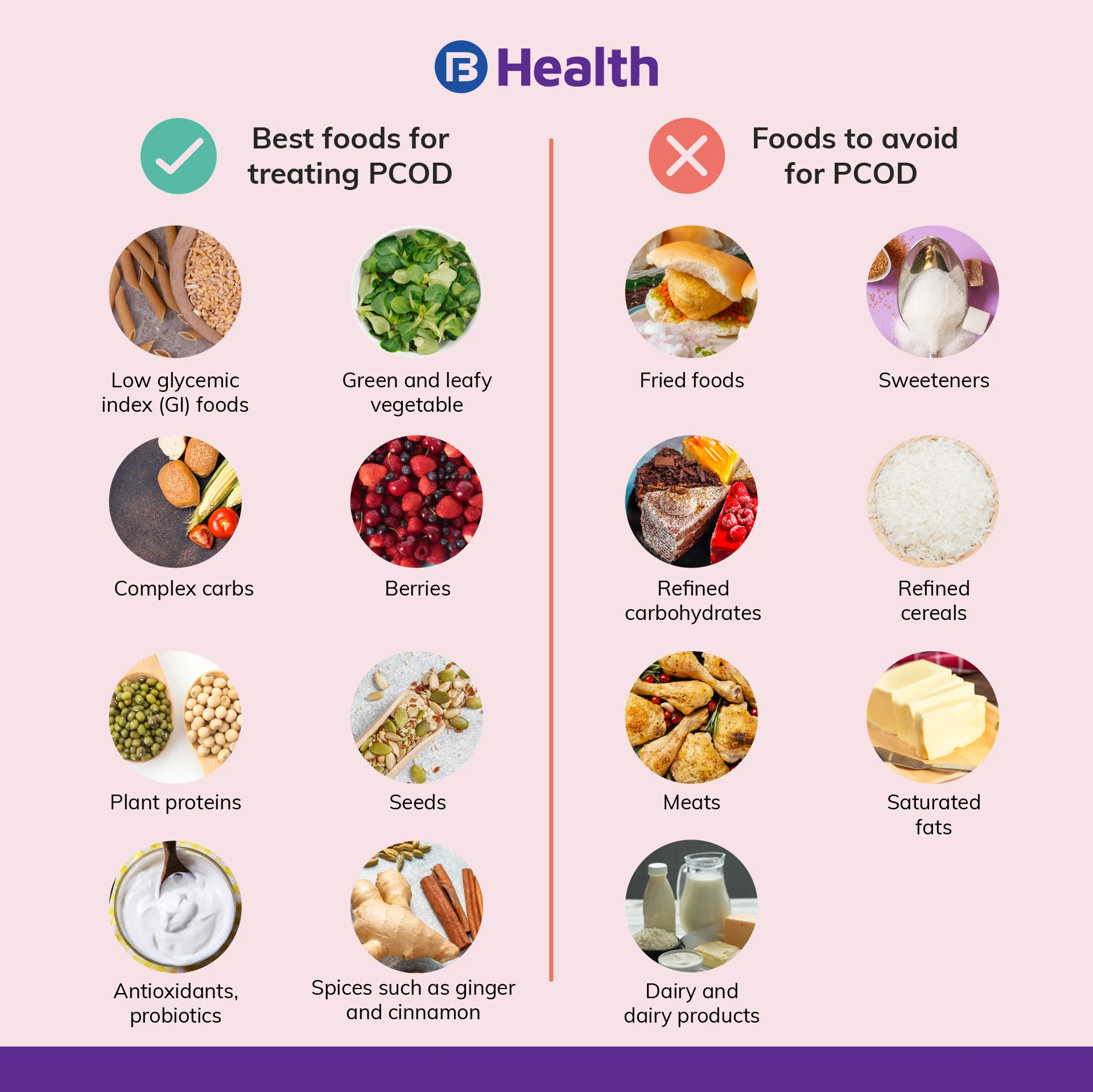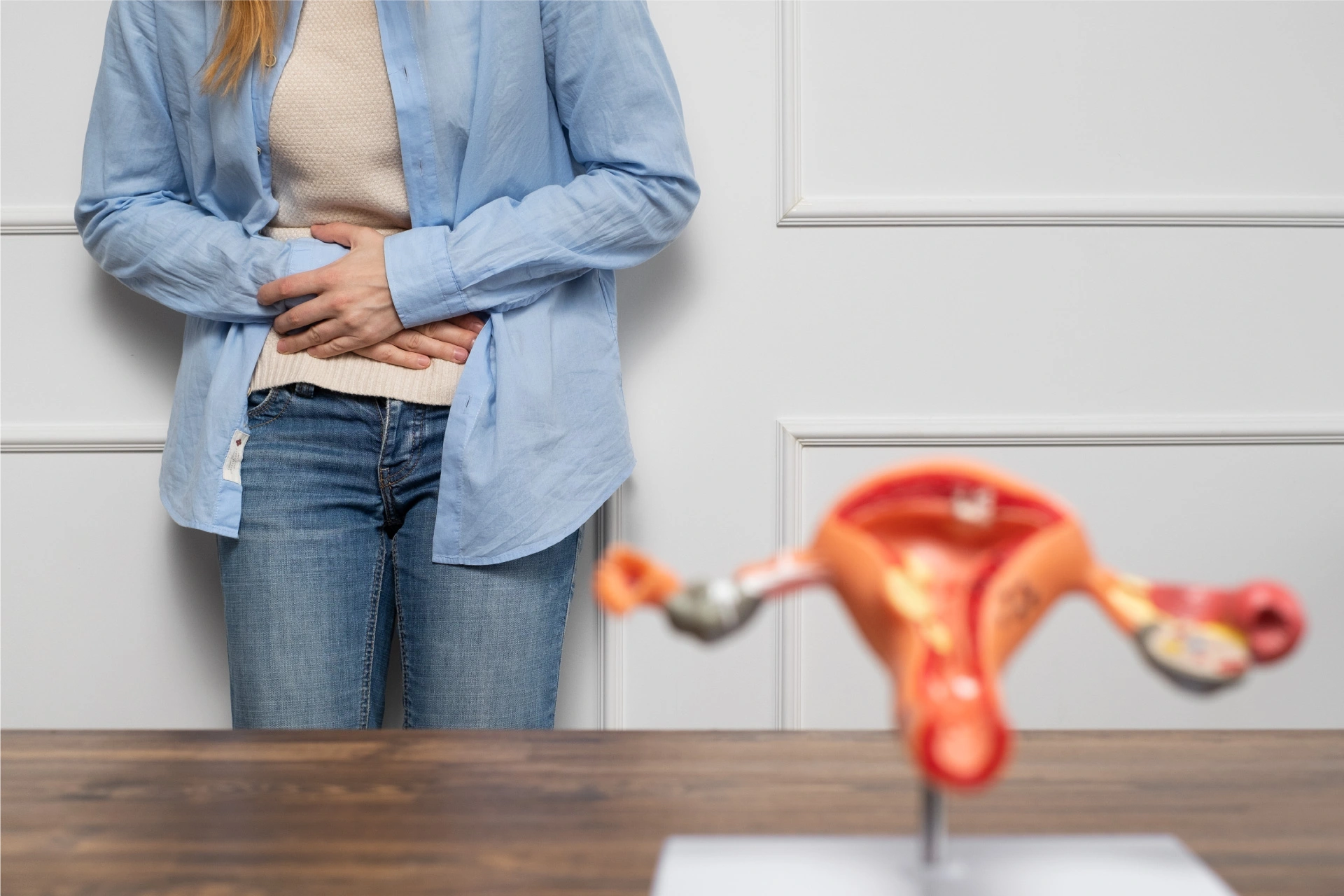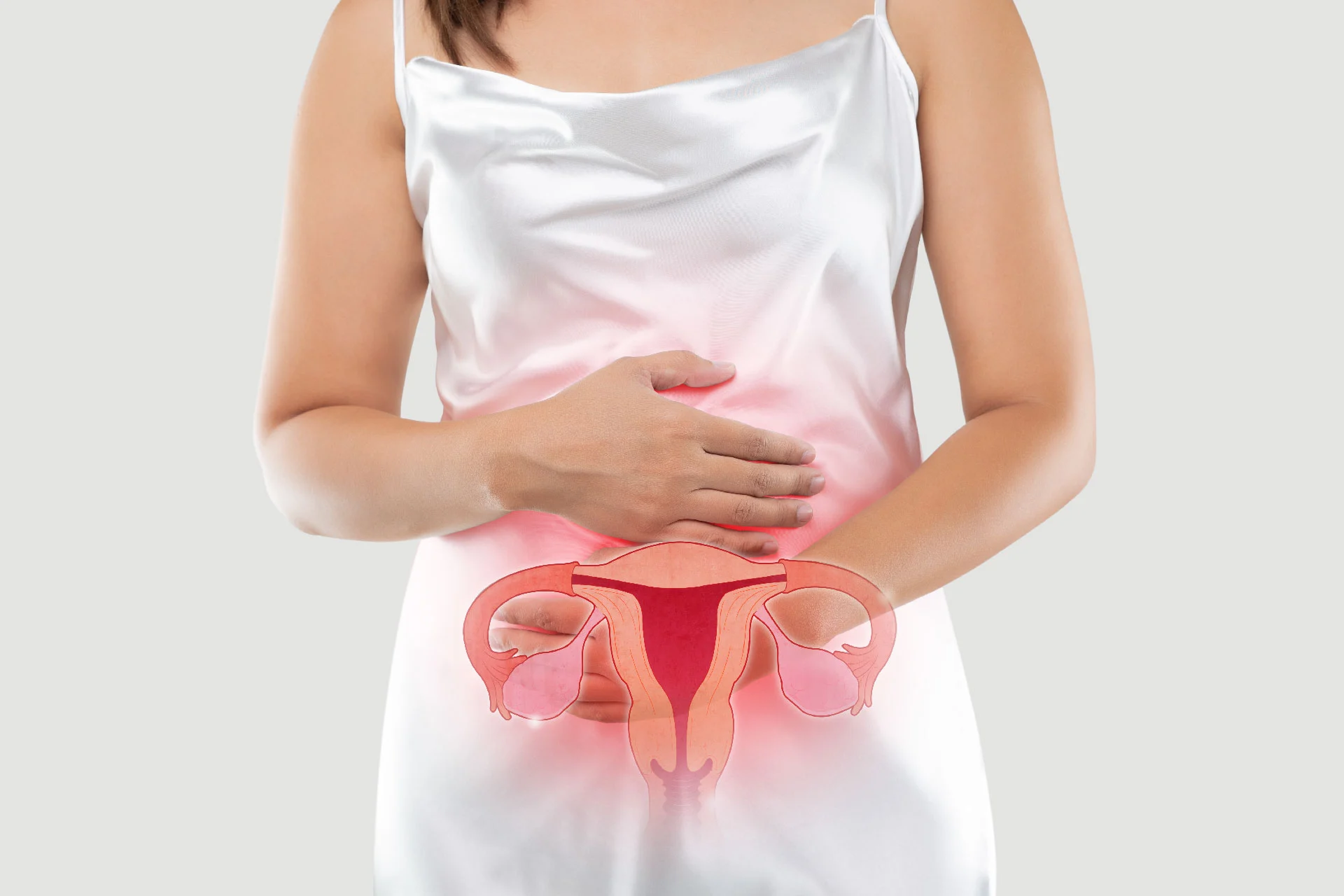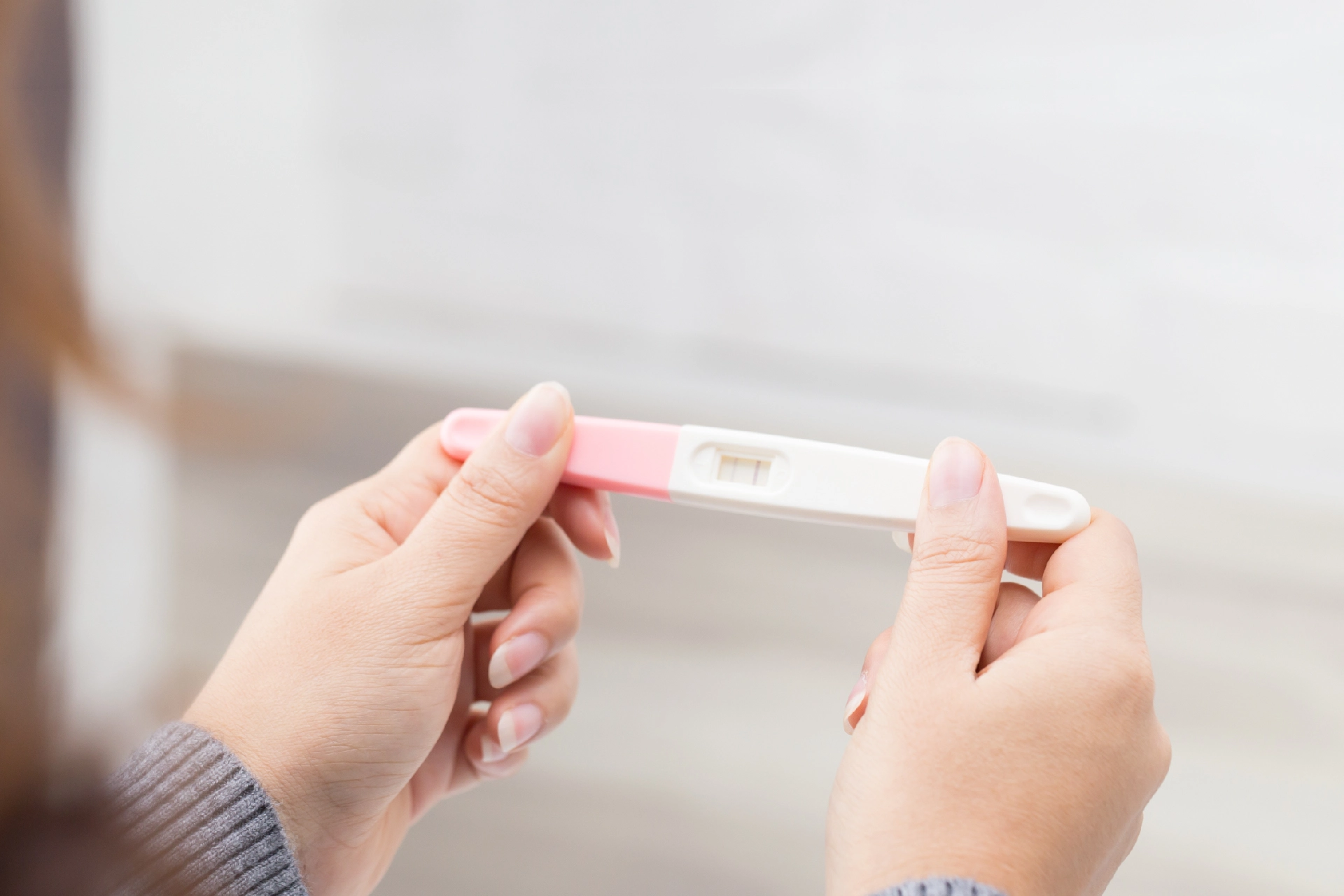Women's Health | 5 min read
PCOD and Diet: 7 foods to Eat and Avoid
Medically reviewed by
Table of Content
Key Takeaways
- With regular exercise and a healthy diet, PCOD can be kept in check!
- A polycystic ovary syndrome diet chart is high in fibre and low in simple carbs
- Follow a PCOD diet plan to track your meals and lower your weight with ease
Polycystic Ovarian Disease (PCOD) or Polycystic Ovary Syndrome (PCOS) is a disorder due to which the ovaries emit a number of immature or somewhat mature eggs that turn into cysts. To understand what this means, you should know that women have two ovaries on either side of the uterus. Each ovary releases an egg alternately every month. When this normal functioning is replaced by one or both ovaries releasing immature eggs that turn into cysts, it results in enlarged, fluid-filled sacs inside the ovaries. This condition is known as PCOD. PCOS is also a hormonal imbalance where the ovaries make more androgens (the male hormone that the ovaries make in minute quantities) than normal.
This condition is very common and in fact, affects almost 5 to 10% of women in their reproductive ages, i.e., 13-45 years. While the exact cause of this condition is still unknown, experts think it has something to do with genetics, hormonal imbalances, obesity, or stress, or a combination of these factors.
Symptoms seen in PCOD include irregular periods, infertility or issues in conceiving, abdominal weight gain, PCOS hair loss, acne, and excessive hair growth on the face or body (hirsutism).
Correlation between PCOD and your diet
Today, with all the research and information available PCOD is not considered to be a disease, but rather a lifestyle disorder which can be managed with the right diet and exercise.
A well-thought out PCOS weight loss diet plan from a trusted nutritionist can go a long way in helping relieve the symptoms of this condition. Women dealing with PCOD have insulin resistance and therefore, the PCOD diet advised by nutritionists and doctors is that of diabetics.
Losing excess weight and maintaining a healthy diet for PCOD is key to managing this condition. So, what should you be eating? Read on to find out.
Recommended foods: Understanding the diet for PCOD
When it comes to PCOD, food intake can be quite a challenge for many. You can consult a nutrition consultant to get details on the best diet for PCOD weight loss<span data-contrast="auto"> and an overall diet plan for PCOD maintenance. Overall, the diet plan for PCOD patient should be high in fibre and low in carbohydrates, processed foods and junk foods.
Some of the best food for PCOD includes:
- Low glycemic index (GI) foods such as foods made with whole wheat, whole grain, wheat flour, brown rice, brown rice poha and wheat pasta.
- Spinach, fenugreek leaves (methi), broccoli, lettuce and other green and leafy vegetables for PCOD work wonders as they help get in the nutrition you need and also aid weight loss.
- The diet should also include other complex carbohydrates such as peas, corn, potatoes and sweet potatoes, yams, radish, etc.
- Berries such strawberries and cranberries that are packed with nutrients and antioxidants also help.
- Increase intake of plant proteins such as lentils, legumes and dried beans – think rajma, black eyed beans, dals, etc.
- Consume seeds such as methi dana, flaxseeds and sesame seeds.
- Increase your intake of antioxidants, probiotics and also spices such as ginger and cinnamon.
Foods to avoid for PCOD
When charting out a weight loss diet for PCOD, a nutritionist will try and understand what it is that you eat on a daily basis and then come up with a well-suited PCOD diet chart. Nutritionists suggest the foods to avoid for PCOD include:
- Fried foods, be it fried packaged snacks, bhajiyas and pakoras, or other deep-fried foods
- Sweeteners such as sugar, honey and jaggery
- Refined carbohydrates like biscuits and cookies, white bread, cakes and pastries
- Refined cereals such as sooji (rava), maida, white rice, and poha made from white rice
- Red meats, processed and frozen meats as these increase the risk of infertility
- Saturated fats that increase your calorie intake as well as cholesterol
- Dairy and dairy products should be avoided as much as possible

An easy-reference diet chart
A good nutritionist, when creating a diet for PCOD patient, will put together a delicious but healthy PCOD food list with a variety of dishes and food items rather than making it a drab, unappetizing diet chart.
Here is an easy-to-follow PCOD diet chart for weight loss that will go a long way in helping you eat an assortment of healthy foods and bring your weight down.
| Breakfast | Lunch | Snack | Dinner | |
| Monday | Wholewheat bread and egg whites omelette with bell peppers | Vegetable and brown rice khichdi | Mix fruit bowl | Dosas (especially those made with oats, ragi and green dal) with roasted chana dal chutney |
| Tuesday | Ragi (nachni) porridge | Chapati with egg curry | Wholegrain bread with peanut butter | Brown rice, beetroot pachadi, dal |
| Wednesday | Peas poha | Dalia khichdi with veggies and dahi | Carrot and cucumber sticks with hummus | Chapati with low-fat paneer gravy, salad |
| Thursday | Oats chilla with veggies | Brown rice, sprouts sabzi, curd | Mixed millet cookies | Methi theplas, dahi, chutney |
| Friday | Onion tomato uttapam | Chapati, dal, bhindi, salad | Apple slices with peanut butter | Chapati with matar sabzi and dahi |
| Saturday | Tomato cucumber wholegrain bread sandwich | Chicken pulao and veg raita | Sweet potato tikkis with green chutney | Grilled fish/chicken with stir fry veggies |
| Sunday | Mix veggie paratha with curd | Wholewheat pasta or zucchini noodles with veggies or chicken | Bowl of makhana | Quinoa fried rice with veggies or chicken |
Now that you have an idea of the ideal food you should be eating, schedule appointments with gynecologists for your PCOS and PCOD issues as well as with renowned nutritionists in your city for a weight loss diet for PCOD through the Bajaj Finserv Health App. Here you can book appointments and video consultations, and get access to health plans that give you money-saving deal from top healthcare practitioners too. Simply download the free app from Google Play Store or the Apple App Story today and get started on exploring its many features.
References
Disclaimer
Please note that this article is solely meant for informational purposes and Bajaj Finserv Health Limited (“BFHL”) does not shoulder any responsibility of the views/advice/information expressed/given by the writer/reviewer/originator. This article should not be considered as a substitute for any medical advice, diagnosis or treatment. Always consult with your trusted physician/qualified healthcare professional to evaluate your medical condition. The above article has been reviewed by a qualified doctor and BFHL is not responsible for any damages for any information or services provided by any third party.





